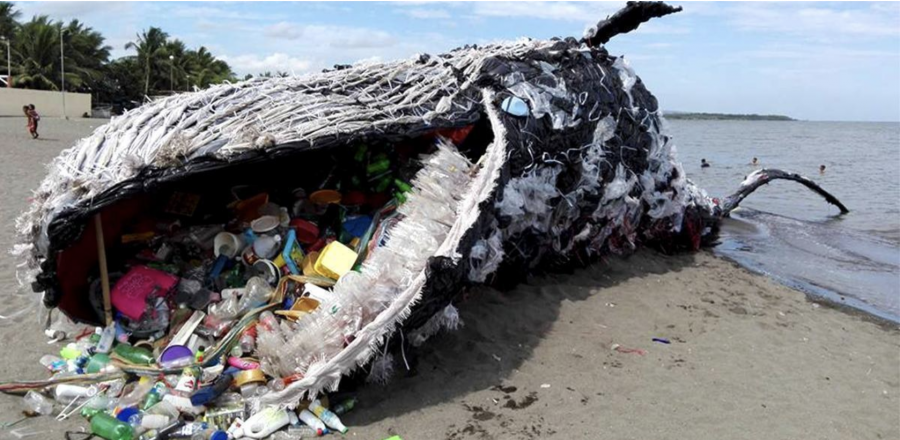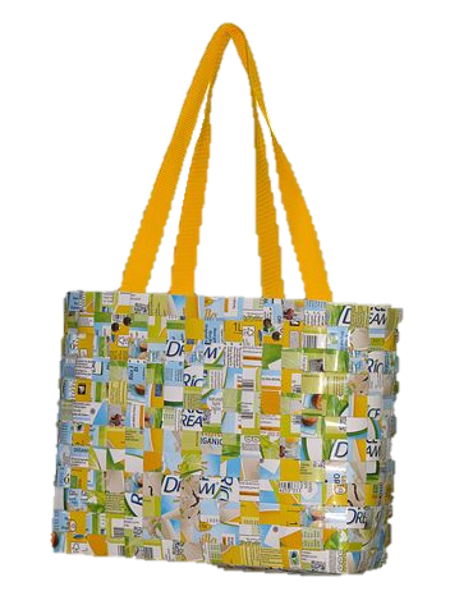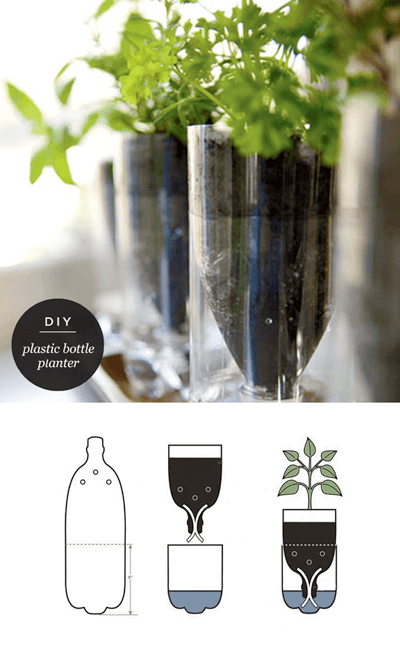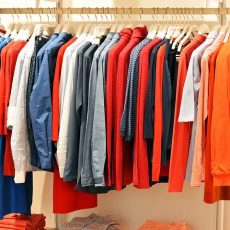
Every year 300 million tons of plastic is produced and only 9% of that actually gets recycled. The rest ends up in landfills or as pollution. One study found that 270,000 tons of plastic pollutes oceans worldwide and so much waste seriously threatens marine life. In March of this year a young whale died of starvation because his stomach was full of plastic trash – nearly 88 pounds of it. He’s not the only one, last year a sperm whale died from eating 13 pounds, and 17 pounds of digested plastic killed a pilot whale. Unfortunately over 100,000 of our ocean friends die each year from marine pollution. So what can we do about it?

The best way to keep our oceans plastic free is to not use them at all. Some grocery chains in Europe are taking the matter into their own aisles and cutting down packaging waste. Large UK grocery giant TESCO is trying a plastic free fruit and veggies section. While Ekoplaza, a chain in the Netherlands created an entire aisle of groceries that are plastic free. Ekoplaza worked with a nonprofit campaign that hopes to scale up the project to make it easy for any store to recreate.
Though a completely plastic free future is some way off, many major companies are working for a better plastic product. Some of the biggest companies responsible for much of our single-use plastic, Coca-Cola, L’Oreal, Nestle, and more signed on to the New Plastics Economy Global Commitment. The commitment sets a goal of creating a whole new system for plastic that would make it easier to recycle and reuse.
While it’s great to see big companies tackling a big program, as an individual you can also make a big difference. Simple replacements for one-time use plastic are an easy way to reduce the amount of waste your family produces.

At a restaurant tell your waiter you don’t need a straw. Most of Europe drinks straight from the glass, so feel like a Parisian and skip the straw. And when you’re in a bar, your cocktail doesn’t actually taste any better through plastic. If you really need a straw for whatever reason, reusable metal straws are an affordable and reliable option to take to restaurants.
Bring your own bag! Americans use more than one hundred billion plastic shopping bags every year, many of which wind up in our waterways. Sea turtles and other marine life often mistake these bags for their lunch. The difference between a plastic bag and a tasty jellyfish can be hard to see for a whale or turtle. To reduce this ocean pollution start bringing your own bag to the grocery store. A cute tote bag can be a stylish way to save the whales.

Bring your own bottle. Every minute a million plastic bottles are purchased worldwide. Buying a reusable water bottle is a responsible choice and with so many options, it’s a fun way to show off your personality.
Honestly it’s hard to avoid plastic but you can use your purchasing power to tell companies you want more sustainable options. Only buy products from companies that commit to reducing their own plastic waste and commit to recycling programs like the ones mentioned above.
If you do have to buy plastic, reusing it is a great way to keep it out of the environment. But there are limits to how much use plastic can take. According to a study in Environmental Health Perspectives chemicals that mimic hormones leach from plastic. With more wear and tear like scratches or exposure to heat and cold can increase the risk of these chemicals getting into the food and beverages we consume.

So instead of heating up leftovers in an old potato salad container repurpose plastic to get organized. Empty containers can be used as extra drawers in a fridge, keeping loose items like apples together. Dip tubs can store leftovers or if you’re extra creative you can paint them and use them to store jewelry or other small keepsakes. Water bottles cut in half can make the perfect pencil holder, planters for your seedlings, or even a caddy for your phone.
And last and least, recycle your plastic if possible. Many major cities have comprehensive recycling programs. Water bottles, cereal bags, and shampoo bottles are the most common plastics that curbside recycling programs take. Check your city’s website to see exactly what can and can’t be recycled. Recycling can be confusing since different places have different rules on what can be recycled so it’s best to live as plastic free a life as possible.



